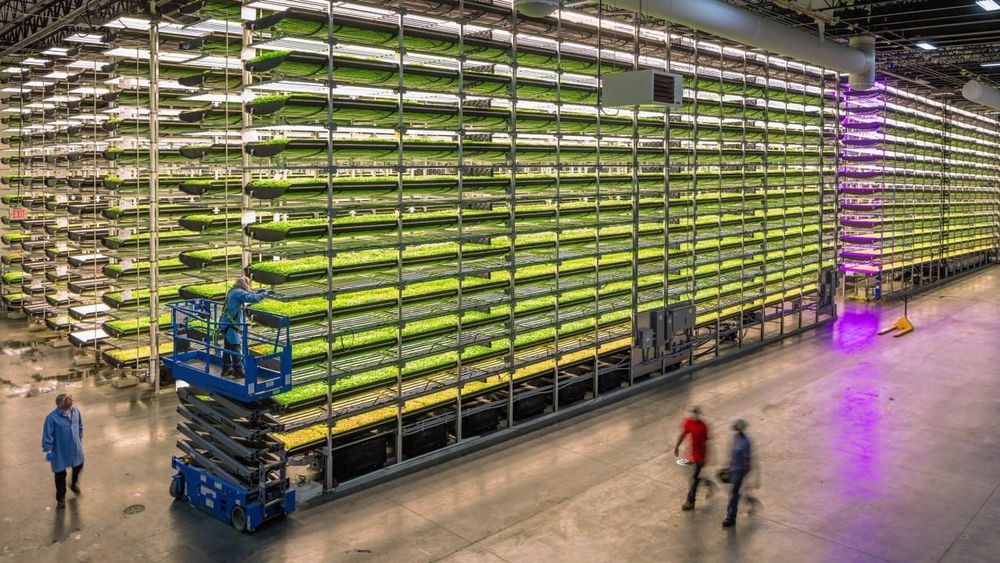The Pentagon is executing its first project under the authorities granted by the Defense Production Act in order to produce more than 39 million critical N95 masks amid the ongoing coronavirus pandemic.
“On the evening of April 10, the Department of Defense received approval from the White House Task Force to execute the first DPA Title 3 project responding to COVID-19,” Pentagon spokesman Lt. Col. Mike Andrews said in a statement.
“The $133M project will use these authorities to increase domestic production capacity of N95 masks to over 39 million in the next 90 days,” the statement added.





